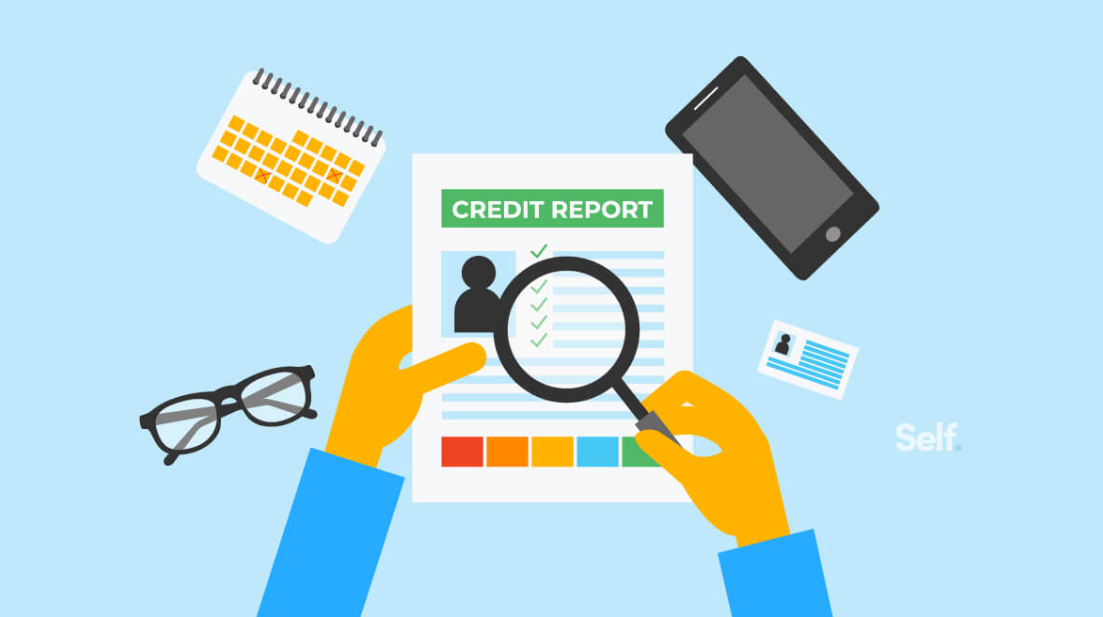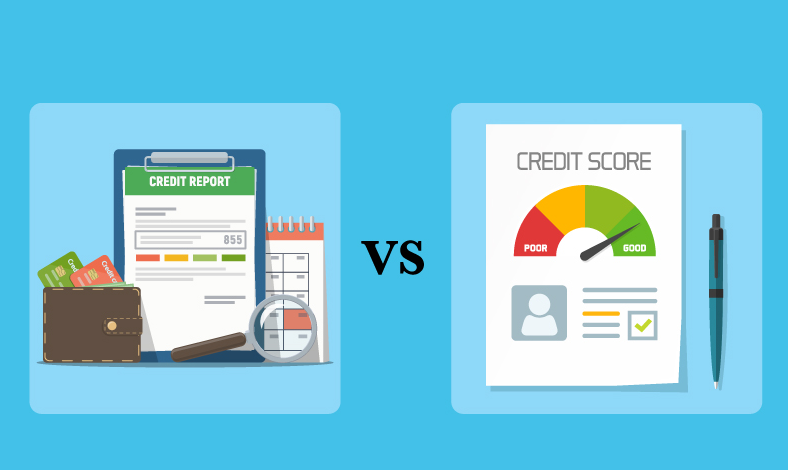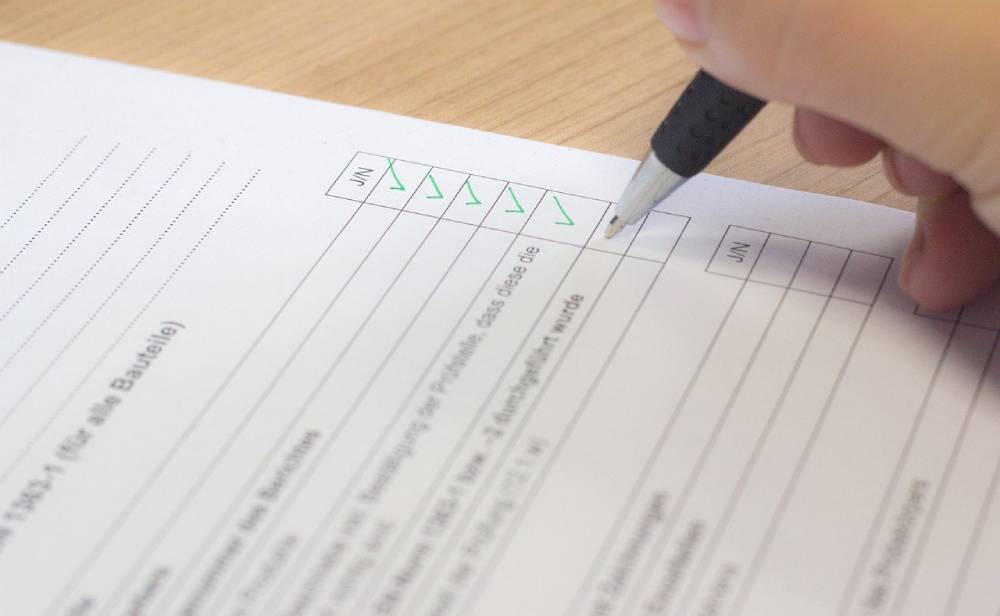What Is a Thin Credit File? How Do I Fatten Up a Thin Credit File?
What Is a Thin Credit File?
If you are new to credit, use mostly cash, or have not used a credit card for a long time, you may have a credit file. This means that there are few or no credit accounts listed in your credit reports. In some cases, a thin credit file can make it difficult to build your credit score. And if lenders can’t see your credit score, they may not be ready to increase your credit.
But the situation is not hopeless. There are ways to add to your credit file that will give you better access to credit cards, loans, and other types of credit.
Having a thin credit file usually makes it difficult to get a mortgage, car loan, or additional credit card. Planning to add more credit over time will thicken your credit file and make you more attractive to lenders.
What is your credit file?
Your credit file is much higher than your credit score. This is the entire history of your borrowing: which institutions have lent to you and you have a track record of repayment. It shows late payments, defaults, bankruptcy, and other credit issues.
Your credit file contains credit reports from three major credit bureaus: Experian, Equifax, and TransUnion. All information contained in these files is reported by the companies with which you have done business. Typically, those companies are lenders and credit card issuers.
What is a thin credit file?

If you have not used a loan or credit card, you will have a thin credit file or no credit file at all. With a thin credit file, lenders do not know what they are looking for. This can be a big problem, especially if you plan to finance large purchases. If you have a thin credit file and you look forward to buying a car or a home in the future, now is the time to start building that credit file. It will take time, but you can do it.
A thin credit file can make it difficult to get credit. If you do not have enough information on file to score, potential lenders will have nothing to check. Even if you manage your money well, there is no proof of it.
Even if you have enough information on the file to make a score, a thin credit file can leave you subject to rapid changes in your credit score.
Who has the potential to have a thin credit file?
Everyone’s credit file is thin at times because we are not born with credit. We all have to make it. You are more likely to find yourself with a thin credit file if:
- You are new to the world of credit.
- You have short-term credit but only a few credit accounts.
- You recently immigrated to the United States.
- You avoid credit and handle your finances with cash or debit cards.
- You had credit but you stopped using it, so the information is too old to be scored.
- You are a new single, and during the marriage, you had little or no credit in your own name.
The thinner the film, the bigger the drama
With very little credit for credit monitoring companies, every move related to your credit will have a dramatic effect on your file. With a thin credit file, whatever you do positively or negatively is enhanced. You need to be more careful about your credit activity.
If you have a deep file with multiple accounts and entries, the effect of a small payment will be less. Why? Because there are many other things to balance a small misstep.
What if I have a thin credit file?
If you are one of the millions of Americans who have a credit file, you may have difficulty accessing the credit you need. This is because lenders generally rely on the information contained in your credit report, along with your credit score, to decide whether to approve your credit application.
Without sufficient information in your credit report, the lender may, for example, reject your application for a mortgage or credit card. Or if you are approved for credit, you may have higher interest rates.
Fattening this credit file
There are several ways to start making credit for the first time, or later when you are not using credit. Here are some tips to get you started on the road to gaining a credit history for working with lenders.
1. Become an authorized user.
If you have never had a credit card, you can start by becoming an authorized user on someone else’s card. The primary cardholder is still responsible for balances, payments, and any changes. But the credit report on the account will go to both the primary cardholder and the authorized user. Make sure you have a good relationship with the primary cardholder and that the primary cardholder has a good credit track record, especially with this card. Also, check that the credit card issuer includes authorized customers in its credit reports.
2. Retail store cards
Another way to expand your credit file is to apply for a retail card, such as Kohls’s, Amazon, or anywhere you shop. These cards are usually easy to get: you have recently been offered a card in the store or after shopping online.
Store cards offer lower limits than MasterCard, Visa, or Discover cards, so you can start with small purchases, pay them back, and make a credit.
3. Secure credit cards
Secure credit cards are an effective and accessible way to create credit. You make a deposit, and the deposit amount becomes your credit limit. Lenders take the only minimal risk, so they are willing to issue the card even if you have a thin credit file.
4. Credit Builder Loans
Many local banks and credit unions offer credit builder loans. The money you borrow is kept in the lender’s interest-bearing account. You pay, and when the loan is repaid you get a lump sum.
Again, there is very little risk to the lender, so approval is easy, and you get an installment loan on your record. You also go with the amount at the end of the deal, which is a great incentive to pay.
5. Get paid to count.
Utility and rent payments are not usually included in your credit score. The Credit Reporting Bureau has recognized this difference and is introducing products to eliminate it. Check out Experian Boost, Experian Rent Bureau, and TransUnion’s eCredable Lift.
Each of these services will only affect one of your credit reports, but it still means something, and every bit of help when your credit file is thin.
6. Make those payments.
Getting new credit accounts will make your credit file thicker, but you need to make sure that you fill this file with positive records. A secure credit card or credit-builder loan is a great way to create credit, but you need to make sure that you are making every payment on time, or that you are doing yourself a disservice.
Making every payment on time is a big part of building your credit file, so you’ll want to keep your promises to the best of your ability.






